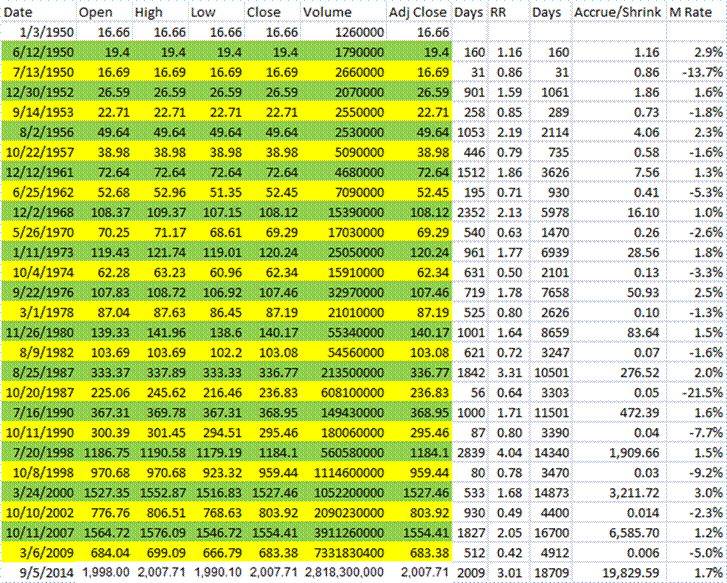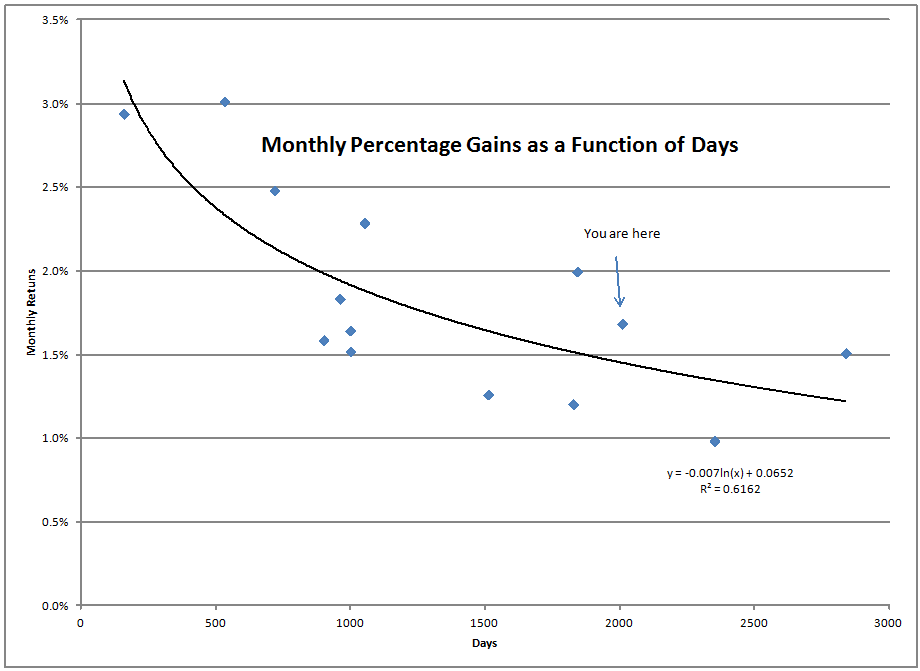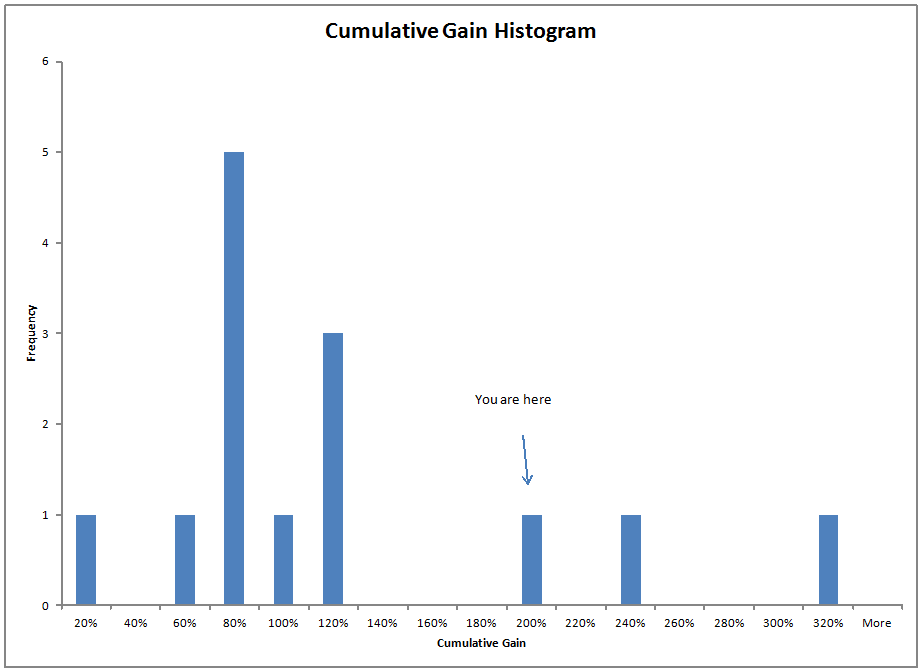On Financial Risk Statements, Part 1

Most formal statements on financial risk are useless to their users. Why?
- They are written in a language that average people and many regulators don’t speak.
- They often don’t define what they are trying to avoid in any significant way.
- They don’t give the time horizon(s) associated with their assessments.
- They don’t consider the second-order behavior of parties that are managing assets in areas related to their areas.
- They don’t consider whether history might be a poor guide for their estimates.
- They don’t consider the conflicting interests and incentives of the parties that?direct the asset managers, and how their own institutional risks affect their willingness to manage the risks that other parties deem important.
- They are sometimes based off of a regulatory view of what can/must be stated, rather than an economic view of what should be stated.
- Occasionally, approximations are used where better calculations could be used. ?It’s amazing how long some calculations designed for the pencil and paper age hang on when we have computers.
- Also, material contract provisions that are hard to model/explain often get ignored, or get some brief mention in a footnote (or its equivalent).
- Where complex math is used, there is no simple language to explain the economic sense of it.
- They are unwilling to consider how volatile financial processes are, believing that the Great Depression, the German Hyperinflation, or something as severe, could never happen again.
(An aside to readers; this was supposed to be a “little piece” when I started, but the more I wrote, the more I realized it would have to be more comprehensive.)
Let me start with a brief story. ?I used to work as an officer of the Pension Division of Provident Mutual, which was the only place I ever worked where analysis of risks came first, and was core to everything else that we did. ?The mathematical modeling that I did in there was some of the best in the industry for that era, and my models helped keep us out of trouble that many other firms fell into. ?It shaped my view of how to manage a financial business to minimize risks first, and then make money.
But what made us proudest of our efforts was a 40-page document written in plain English that ran through the risks that we faced as a division of our company, and how we dealt with them. ?The initial target audience was regulators analyzing the solvency of Provident Mutual, but we used it to demonstrate the quality of what we were doing to clients, wholesalers, internal auditors, rating agencies, credit analysts, and related parties inside Provident Mutual. ?You can’t believe how many people came to us saying, “I get it.” ?Regulators came to us, saying: “We’ve read hundreds of these; this is the first one that was easy to understand.”
The 40-pager was the brainchild of my boss, who was the most intuitive actuary that I have ever known. ?Me? I was maybe the third lead investment risk modeler he had employed, and I learned more than I probably improved matters.
What we did was required by law, but the way we did it, and how we used it was not. ?It combined the best of both rules and principles, going well beyond the minimum of what was required. ?Rather than considering risk control to be something we did at the end to finagle credit analysts, regulators, etc., we took the economic core of the idea and made it the way we did business.
What I am saying in this piece is that the same ideas should be more actively and fully applied to:
- Investment prospectuses and reports, and all investment and insurance marketing literature
- Solvency documents provided to regulators, credit raters, and the general public by banks, insurers, derivative counterparties, etc.
- Risk disclosures by financial companies, and perhaps non-financials as well, to the degree that financial markets affect their real results.
- The reports that sell-side analysts write
- The analyses that those that provide asset allocation advice put out
- Consumer lending documents, in order to warn people what can happen to them if they aren’t careful
- Private pension and employee benefit plans, and their evil twins that governments create.
Looks like this will be a mini-series at Aleph Blog, so stay tuned?for part two, where I will begin going through what needs to be corrected, and then how it needs to be applied.













